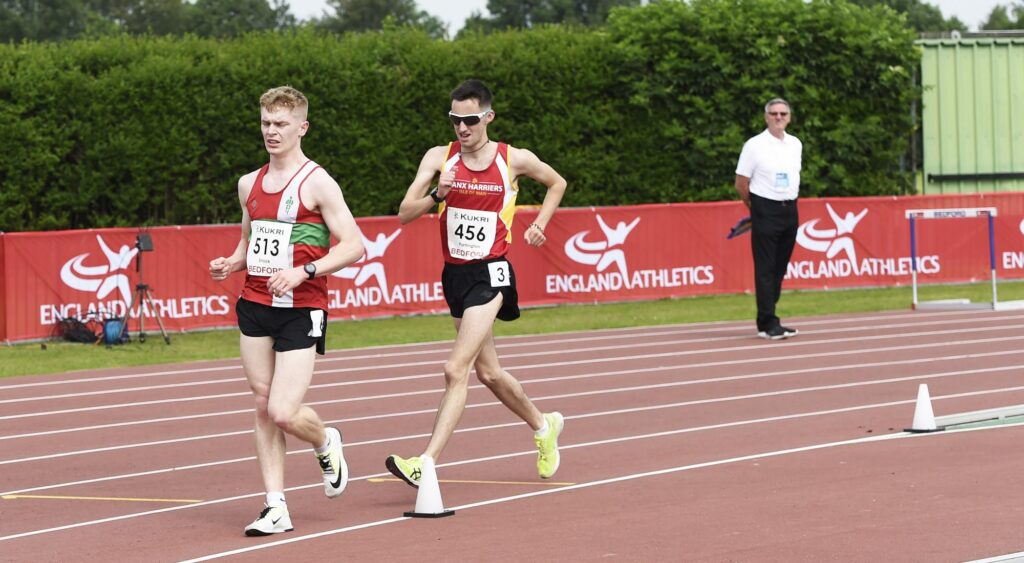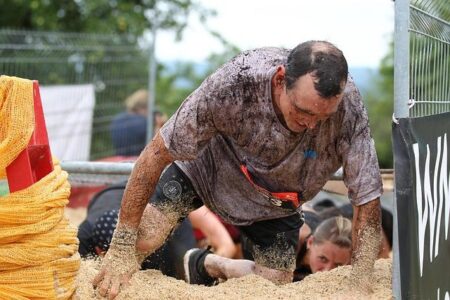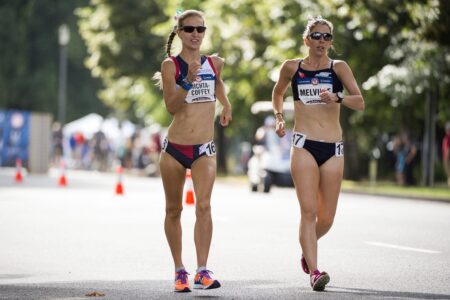Why is Race Walking an Olympic Sport? Exploring the Unique Discipline’s Place in the Games
As the world tunes in to watch the greatest athletes compete on an international stage, the Olympic Games showcase a wide array of sports, each with its distinct set of rules, traditions, and histories. Among them lies race walking, a discipline that often raises eyebrows and questions among both casual viewers and ardent fans. What is it about this unique blend of speed and technique that earns race walking a coveted spot in the Olympics? In this article, we delve into the origins of race walking, its evolution as a competitive sport, and the reasons why it continues to captivate audiences and athletes alike on the biggest stage in sports. From its debut in the early 20th century to its current status as a test of endurance and precision, we explore how race walking has solidified its place in Olympic history and what it signifies for the future of athletics.
the Unique Athleticism of race Walking and Its Olympic Legacy
The discipline of race walking showcases a unique blend of speed, endurance, and technique that sets it apart from traditional running. Unlike other athletic events,race walking demands competitors to maintain contact with the ground at all times and to keep their lead leg straight until it passes underneath the body. This combination of strict rules and physical exertion creates a spectacle that is as challenging as it is engaging. athletes train tirelessly, often incorporating a range of disciplines into their regimen, including strength training and versatility exercises, to perfect their form and increase their speed. The result is not only a test of athletic endurance but also one of skill and precision that can captivate audiences worldwide.The Olympic legacy of race walking can be traced back to its official debut in 1908, making it one of the oldest events on the Olympic schedule. Over the years, it has evolved, with the 20 km and 50 km distances becoming mainstays in the Olympic Games. The event draws attention for its strategic pacing and the mental acuity required to maintain a consistent rhythm over long distances. Moreover,it has been a platform for international competition,showcasing a diverse array of athletes from various countries. Notable champions have left their mark on the sport, such as Jefferson PĂ©rez and Natalia Pomoshchnikova, whose victories have inspired generations of walkers and helped to elevate the profile of race walking on the global stage.
Understanding the Rules and Techniques of Competitive Race Walking
Race walking is defined by specific rules that set it apart from running, emphasizing a unique blend of speed and technique. To comply with the regulations, participants must maintain a straight leg from the moment it strikes the ground until it passes under the body.Additionally,one foot must always be in contact with the ground,ensuring that no “running” occurs. This meticulous attention to form helps create a visually distinct competitive discipline, captivating spectators with the athletes’ grace and precision as they glide along the track or road. Key techniques include focusing on arm movement and hip rotation, which aid in maintaining speed without compromising the rule of contact.
The importance of mastering these techniques cannot be overstated, as even minor infractions can lead to disqualification. Officials closely monitor competitors during races, utilizing technology and their expertise to identify rule violations. The following factors play a crucial role in competitive race walking:
- Stride length: Athletes must find the balance between speed and technique to optimize their stride.
- Foot placement: Strategic foot placement enhances speed while adhering to contact rules.
- Training: Regular practice helps in perfecting form and building endurance, essential for race day performance.
| Technique | Description |
|---|---|
| Foot Strike | Ensure heel strikes first for optimal energy conservation. |
| Body Position | Maintain upright posture for balance and speed. |
| Arm Swing | Use arms to propel forward momentum effectively. |
Promoting Inclusivity: The Future of Race Walking in Global Sports
The future of race walking in global sports hinges on a commitment to diversity and inclusivity. As the sport continues to gain traction, it is vital to acknowledge the varied backgrounds of athletes who contribute richly to the tapestry of race walking. This discipline, often overshadowed by more mainstream athletics, presents a unique chance to welcome participants from all walks of life, including underrepresented communities. Promoting inclusivity not only enhances competition but also fosters a sense of community and belonging, making race walking a beacon of hope for aspiring athletes around the world.
To effectively champion inclusivity within the sport, several strategies can be implemented:
- Outreach programs: Initiatives aimed at schools and local organizations to introduce youth to race walking.
- Diverse Representation: Encouraging participation from athletes of various racial, ethnic, and socioeconomic backgrounds in competitions.
- Accessibility Enhancements: Providing resources, facilities, and coaching to ensure that all aspiring race walkers have equal opportunities.
Moreover, partnerships with global organizations dedicated to promoting equality in sports can amplify these efforts. As race walking gears up for future Olympic Games, it holds the potential to become a hallmark of inclusivity, reflecting a broader movement towards equity in athletics, where every stride taken on the track is a step towards progress and unity.
Wrapping Up
race walking stands as a unique and compelling element of the Olympic Games, showcasing not only athletic prowess but also the rich history and cultural significance tied to this distinctive discipline. As athletes continue to push the boundaries of speed and technique, race walking remains a testament to perseverance, skill, and the spirit of competition. While some may question its place in the Olympic lineup, the sport’s intricate rules, strategic nuances, and global participation underline its legitimacy and importance. As the next Olympic Games approach, the race walking events will undoubtedly captivate audiences and inspire future generations of athletes. KUSA.com will continue to cover the unfolding stories from the world of sports, inviting readers to explore the diverse range of competitions that define the Olympic tradition.





